Keeping your appliances clean is necessary for blocking out odors, living without bacteria, and having a polished home. When life gets busy, it can feel overwhelming to think about how to clean your appliances, but it doesn’t have to be! Better Homes & Gardens helped us with these hacks to stay on top of the cleanliness of the appliances within your home. Follow these, and your appliances will be spotless!

Refrigerator
For any spills or to do a routine clean in your fridge, all you’ll need is vinegar and water! Mix even amounts of vinegar and water in a spray bottle. This is a food-safe cleaner that will quickly remove stains and odors! Empty out your fridge completely, and wipe down all shelves, drawers, etc. Once clean, use this as an opportunity to throw away any expired food, and reorganize your fridge.
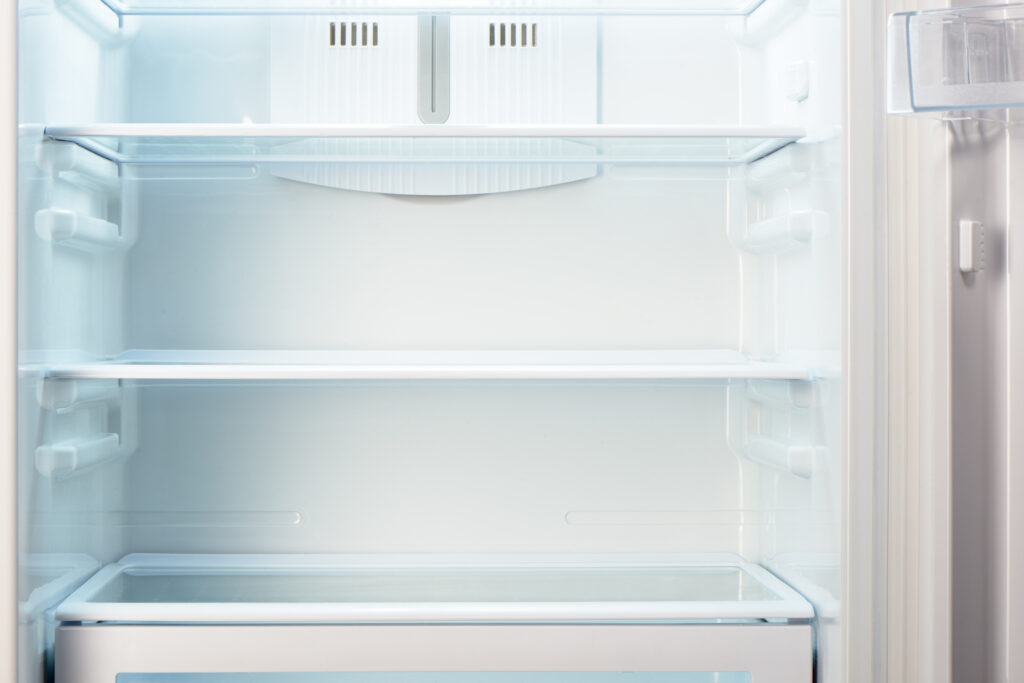
Microwave
Soup and grease splatter stains in your microwave are tough to tackle, but it takes a lot less elbow grease than you think. All you need is water and your favorite natural cleaner! Pour water into a microwave-safe bowl and heat the water to a boil. Now that the food and grease are loosened, simply wipe down your microwave thoroughly with a natural cleaner! Be careful not to burn your hands, as it may still be warm.
*Make sure to use a natural cleaner in your microwave such as baking soda, lemon juice, or vinegar. Regular cleaning solutions usually contain chemicals that can leave a chemical residue in your microwave.
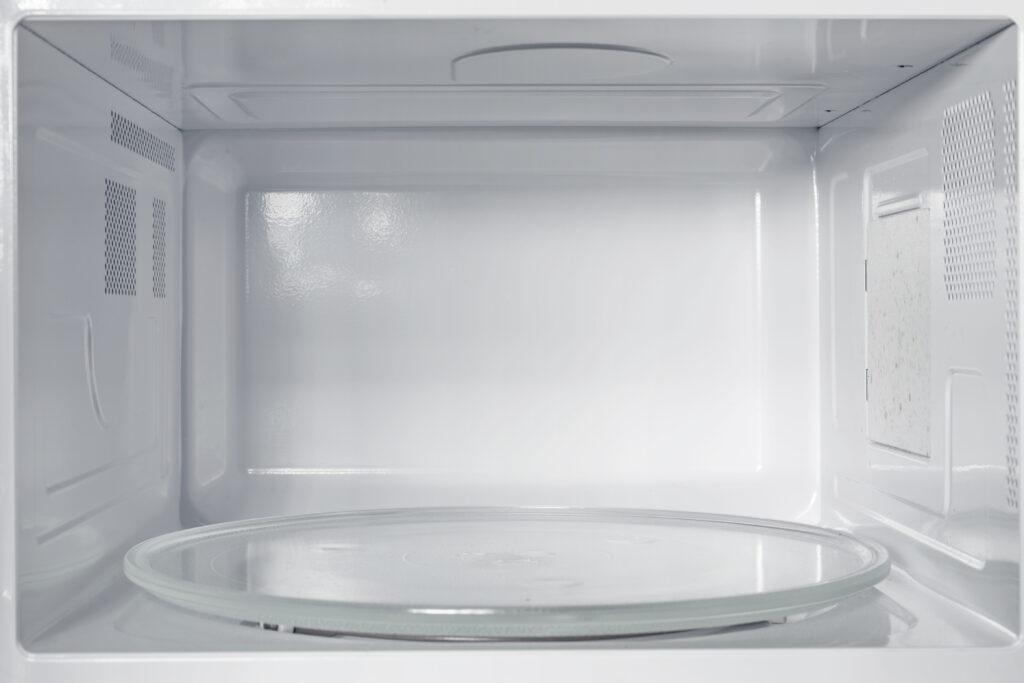
Stovetop
The easiest way to maintain a squeaky clean stovetop is to clean it on a regular basis, and immediately when spills occur. This can feel like extra work while you’re cooking, but afterward, you are left with a spotless stove and a delicious meal! When conducting a deep clean, different types of stovetops require different types of cleanings. Follow these tips based on what type you have:
For Gas Stovetops
- Remove Grates and Burner Caps: Take off the grates and burner caps and soak them in hot, soapy water for 10-15 minutes.
- Scrub with Baking Soda: Sprinkle baking soda on stubborn stains and use a sponge or brush to scrub them gently.
- Wipe Down the Surface: Use a damp microfiber cloth with a mild dish soap to wipe down the stovetop. Avoid harsh chemicals that could damage the finish.
- Rinse and Dry: Rinse the grates and burner caps, dry them thoroughly, and replace them.
For Electric Coil Stovetops
- Remove and Wipe the Coils: Carefully unplug the coils and use a damp cloth to wipe them down. Avoid submerging them in water.
- Clean Drip Pans: Remove the drip pans, soak them in hot, soapy water, and scrub them with a sponge. If they’re extra dirty, sprinkle some baking soda on them before scrubbing.
- Wipe Down the Surface: Use a non-abrasive cleaner and cloth to wipe down the stovetop, removing any food spills and grease.
- Reassemble: Once everything is clean and dry, place the coils and drip pans back in position.
For Glass or Ceramic Stovetops
- Remove Debris: Use a soft cloth or sponge to remove loose crumbs.
- Apply a Stovetop Cleaner: Use a stovetop cleaner or a paste of baking soda and water on stubborn spots. Let it sit for 10-15 minutes.
- Polish the Surface: Use a microfiber cloth to wipe and polish the stovetop, leaving it streak-free and shiny.
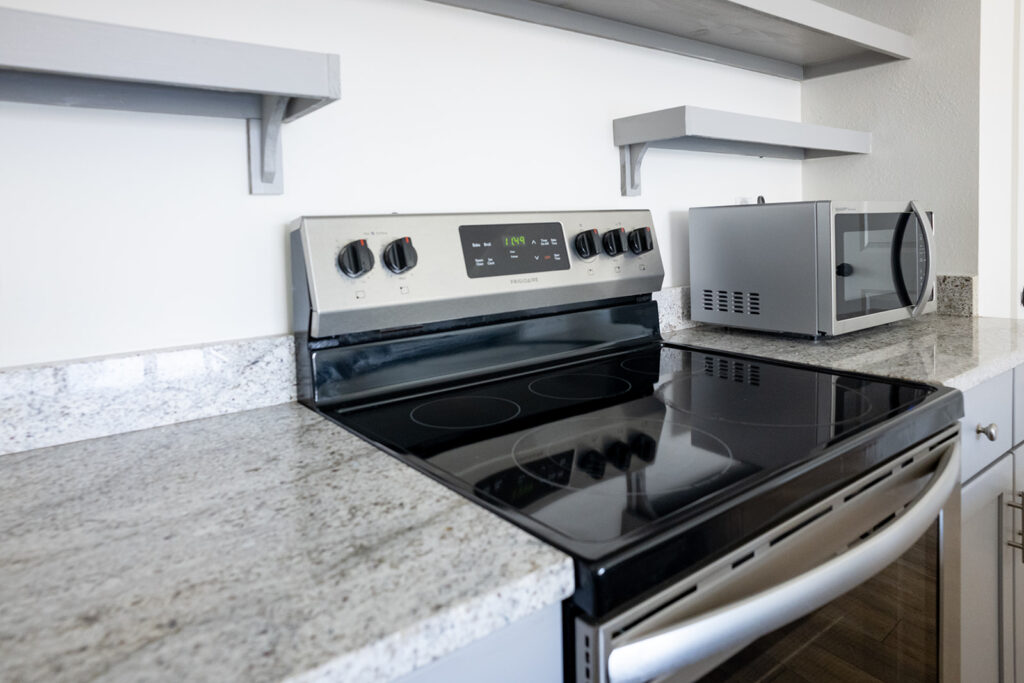
Oven
Your oven can be tricky to keep clean. If minor problems such as food build-up aren’t addressed, it can lead to unpleasant flavors and odors, smoking, and decreased cooking quality. Heat your oven to 225 and place a pan of water on the top rack. Turn off the oven and let sit for 15 minutes. Then, carefully remove the pan and use the water to scrub all of the grime and food particles. Finally, wipe clean! There are many store-bought cleaners you can use as well. As always, be sure to do your research before purchasing any harsh cleaners.
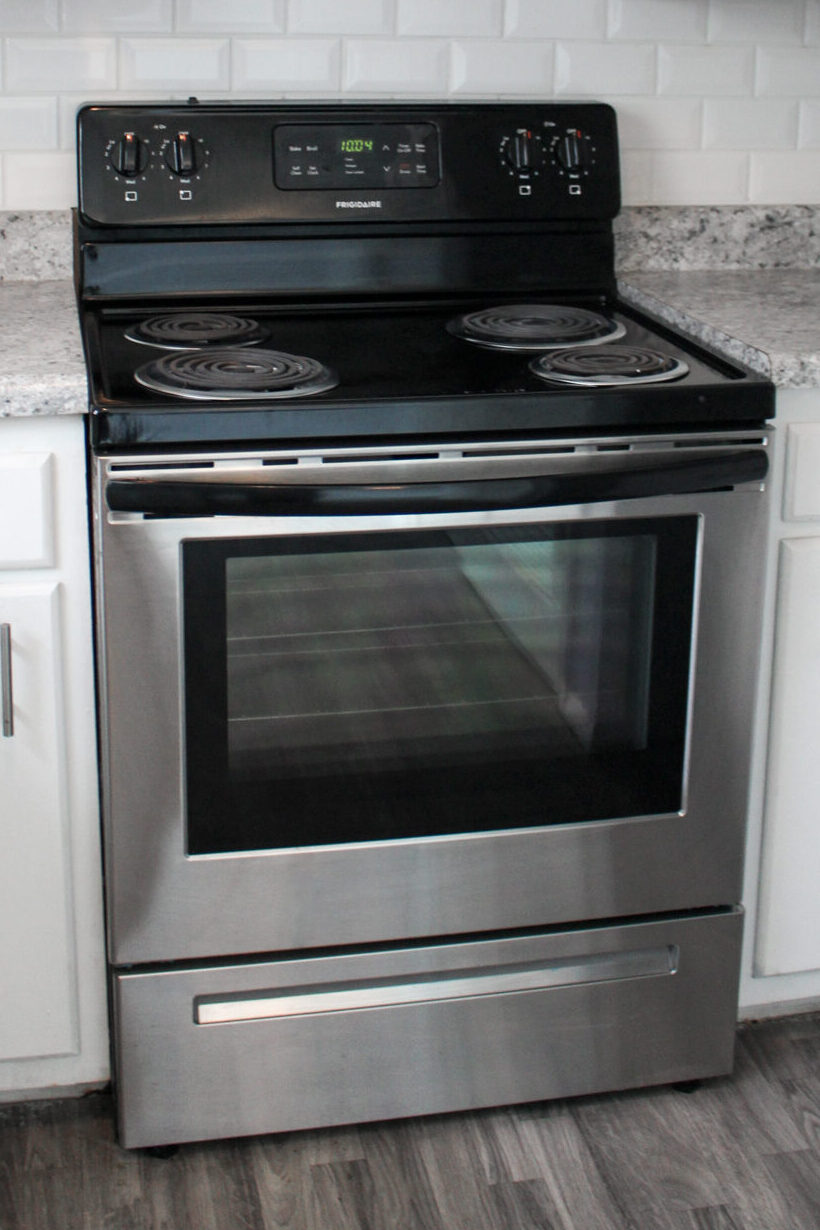
Dishwasher
Cleaning your dishwasher is a lot easier than you might think! All you need is vinegar and a dishwasher-safe cup. Pour the vinegar into the cup and run the hottest, longest cycle with no other dishes. The vinegar will clean, sanitize, and refresh your dishwasher, working its way through every crevice possible. This method can also be done with lemon juice instead of vinegar. Your dishwasher will be cleaner than ever!
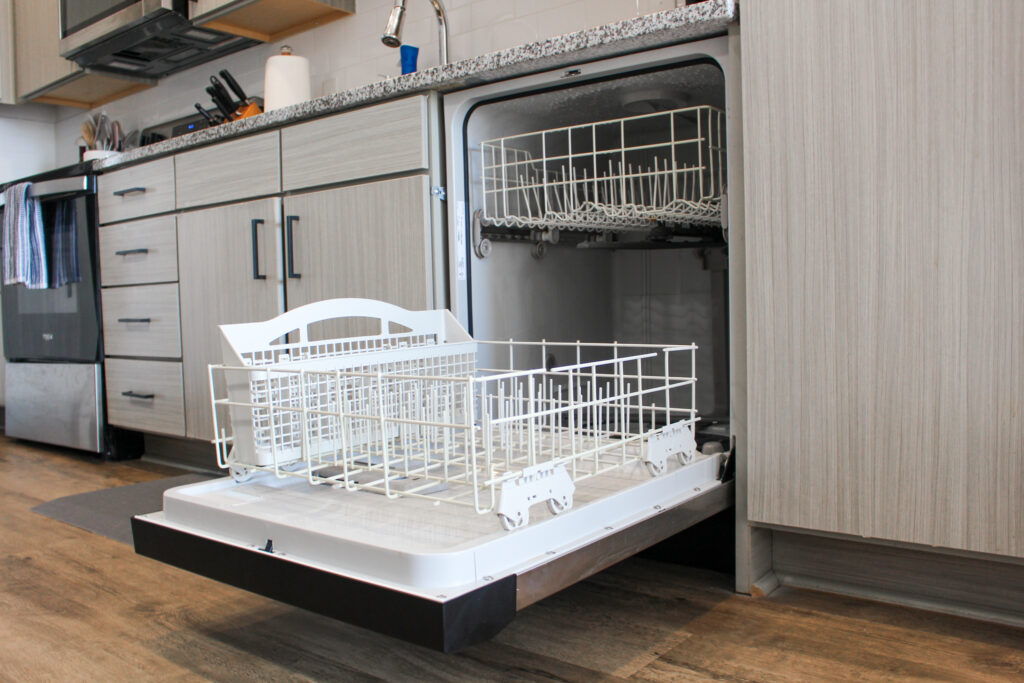
Washer/Dryer
Cleaning your washer and dryer is a crucial task that may have slipped your mind. In fact, for the best performance from these two appliances, a deep clean should be done at least every 6-8 months! Different types of washing machines have different cleaning instructions:
Top-Loading Washing Machine:
- Run a Hot Cycle: Fill the drum with hot water and add 1 cup of white vinegar. Let the machine run for a full cycle to break down buildup and deodorize.
- Add Baking Soda: After the vinegar cycle, run another cycle with hot water and ½ cup of baking soda to clean the residue and freshen the drum.
- Scrub the Inside: Use a sponge or microfiber cloth to scrub the drum, lid, and detergent dispenser with a mixture of vinegar and water.
- Clean the Filter: Check your machine’s filter for debris or lint and clean it thoroughly.
- Wipe Down the Exterior: Use a damp cloth to clean the exterior surfaces and control panel.
Front-Loading Washing Machine:
- Clean the Gasket: Wipe down the rubber gasket around the door with a mixture of vinegar and water to remove mold or mildew.
- Run a Hot Cycle with Vinegar: Pour 2 cups of white vinegar into the detergent dispenser and run a hot water cycle to clean the drum.
- Run a Baking Soda Cycle: Add ½ cup of baking soda directly into the drum and run another hot cycle.
- Clean the Detergent Tray: Remove the detergent tray and clean it with warm, soapy water. Let it dry completely before putting it back.
- Leave the Door Open: After cleaning, leave the door slightly open to allow the interior to air out and prevent mold.
How to Clean Your Dryer:
Remove the lint from the lint trap after every load of laundry. For a deeper clean, remove the lint trap, take it to the sink, wash it with warm, soapy water, rinse thoroughly, and let it air dry. You can also clean inside the drum! Use a soft cloth with a mixture of mild dish soap and water to wipe down the inside of the drum, removing any lint and dirt that may have accumulated.

We hope these tips will help you see that keeping your appliances clean isn’t as hard as it may seem. When you set aside time on a regular basis to clean these commonly used appliances, it’ll make maintenance much easier. Happy cleaning!
